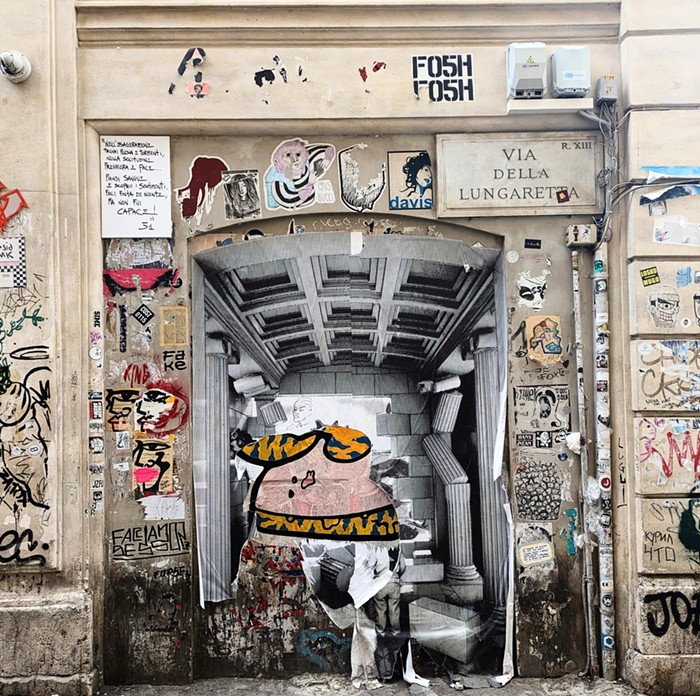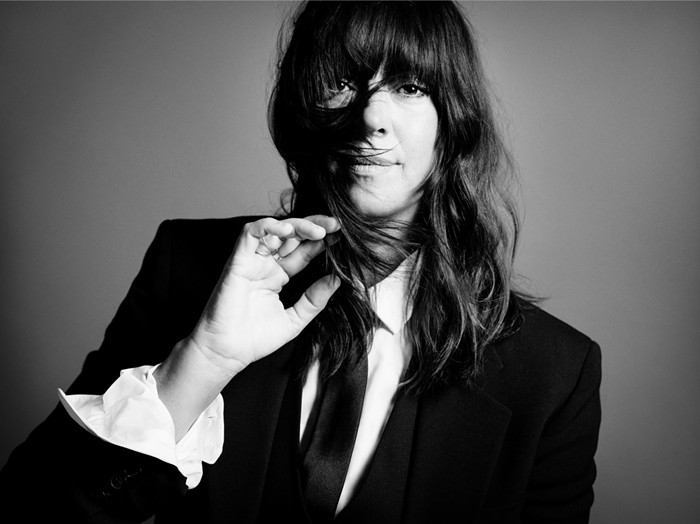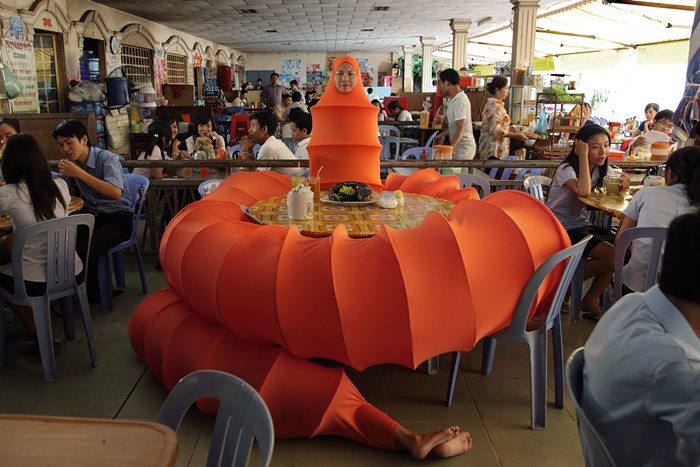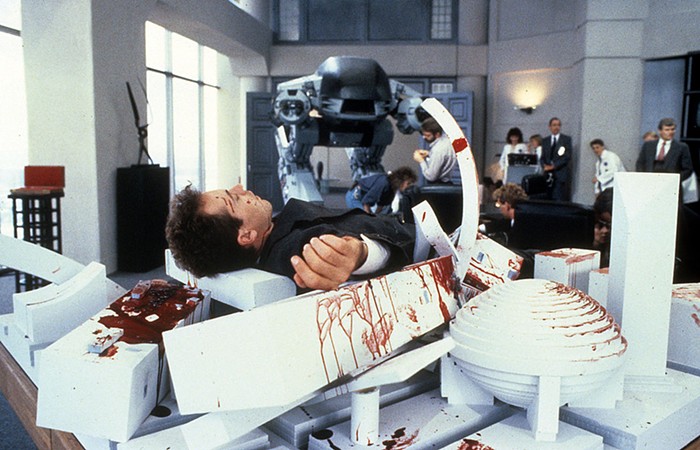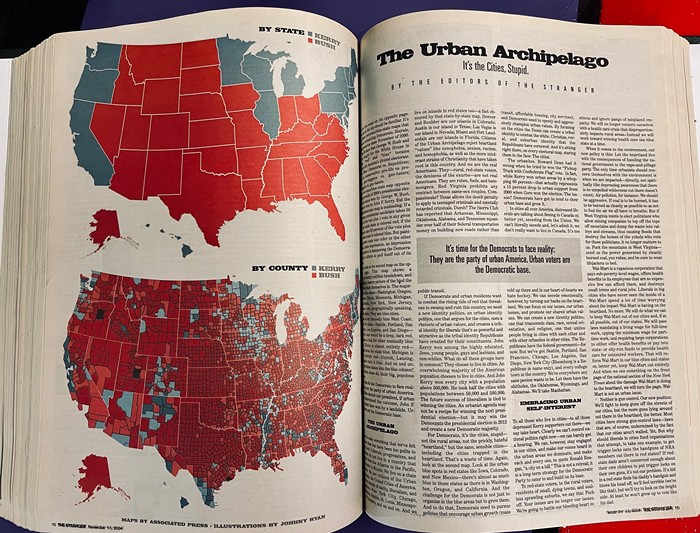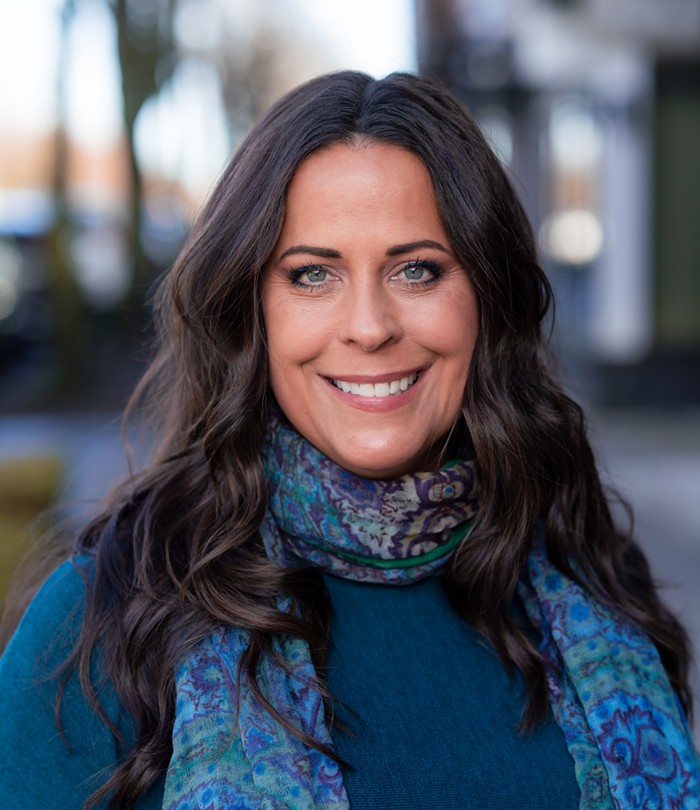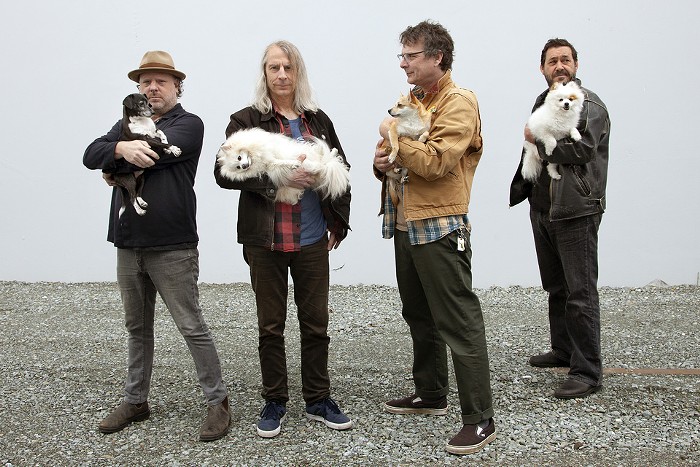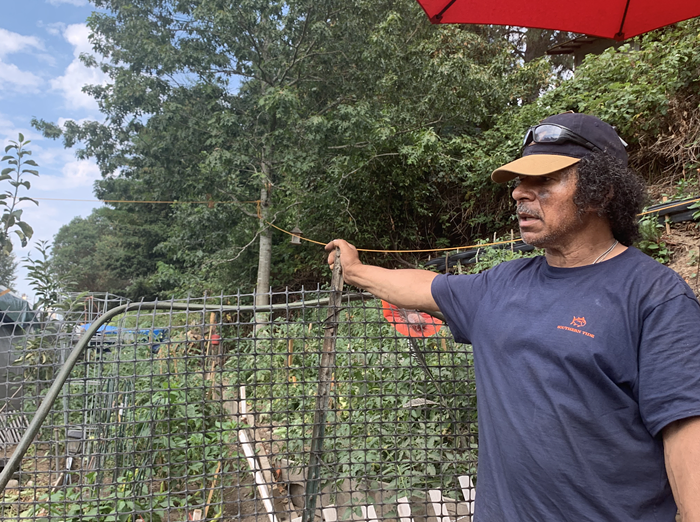Hundreds of people are about to descend on Seattle for an Americans for the Arts conference this weekend, and what do they know of this city? I'd put money on the fact that they don't know the names of our contemporary artists. They don't know which Seattle curators are doing the most interesting work right now. They don't know which collectors are driving the local market, which museums have new directors, or which art schools specialize in what. What they do know is that Seattle is a great public-art town. They've heard it passed down in textbooks and through the grapevine, in media reports and from colleagues—and this has all added up to a vague conventional wisdom: Seattle is a mecca for public art. "Seattle has become synonymous with public art, which has enhanced the entire city, and by extension the nation," Robert Lynch, leader of Americans for the Arts, the largest arts advocacy group in the country, said in 2005.
By this logic, public art is Seattle's gift to the nation. It was that way once. But it hasn't been that way for years—maybe decades.
Let's back up to the early 1980s. Richard Andrews was head of the city's public-art program. Seattle's One Percent for Art law is often cited as one of the oldest in the country—it is, but that's not a very meaningful marker, considering that it wasn't passed until 1973 and the first one (Philadelphia's) took effect all the way back in 1959. No, it wasn't age that distinguished Seattle. It was vision. Andrews and others, especially his counterpart at King County's art department in the 1970s, Jerry Allen, invented the "design team" concept in contemporary public art—creating work that's not plopped down, but built from within the construction project that's funding it, from its very earliest design by architects and engineers. Then, Andrews packed up a slide show and set out on the road: a cross between a missionary and a traveling salesman.
"I saw that slide show back when I was in Santa Monica, and it was like, wow," remembers Barbara Goldstein, who now heads public art in San Jose, but was well respected during her time as Seattle's public-art guru from 1993 to 2004. "You could actually commission an artist to work in a complex way, in a complex project, along with architects and engineers and inside government departments."
This was the opposite of modern "plop" art. Among the slides: earth artist Michael Heizer's first urban commission on the Elliott Bay waterfront (1976–77); a sculpture garden including sound, interactive, and abstract works at the National Oceanic and Atmospheric Administration campus next to Magnuson Park (1983); an entire artificial landscape of trees in holding pens outside the new downtown sheriff's office by artist Robert Irwin (1983). Equally dramatic was the process that launched the "design team" concept, led by Seattle artists Sherry Markovitz, Andrew Keating, and Buster Simpson in the late 1970s: the Viewland/Hoffman electrical substation, subject of many a dissertation since. Beginning by canvassing the disgruntled residents of the area, the artists turned what would otherwise have been a dead zone of infrastructure into a little community park. Adding to the mix, Seattle Art Museum hosted a symposium in 1979 about earthworks, which resulted in major public pieces by Robert Morris and Herbert Bayer in south King County—one a commentary on the use of artists to clean up polluted land, and the other a functioning watershed.
Okay, that covers the 1970s and the early '80s. What's happened in the 25 years since?
Unfortunately, the design-team revolution turned into a stale convention that produces anemic work, and Seattle's visionaries couldn't hold their posts forever.
Artists are still profoundly involved in public projects in Seattle. One great example: From 2002 to 2005, Daniel Mihalyo of Lead Pencil Studio wrote an entire plan for art and design at the Seattle Department of Transportation. It's available on the city's website, and it called for such works as Kristen Ramirez's current summerlong residency inside the Fremont Bridge tower. Ramirez is creating a collectively imagined audio work including memories, sounds, and the results of a quiz she created that she hopes can be delivered to people's cell phones as they wait to cross the beloved old blue drawbridge.
But more common are "integrated" works that seem integrated to the point of invisibility. Artists' designs interwoven into terrazzo lobby floors, for instance. Or the art that's everywhere along the new Sound Transit light-rail line—a kind-of-neat sculpture here, playful striped poles and sparkly columns there, but for the most part art that feels scattered and sedate. Somehow the appearance of creativity is imparted without any real innovation. Today, if we're being honest, Seattle public art is notable more for quantity than quality.
"Now with the thinking that not everything has to be integrated, other cities have surpassed Seattle in some ways—not in variety and quantity, but in some ways," admits Norie Sato, one of the Sound Transit design-team artists. What she's trying not to say: There's a lot of weak work out there.
The biggest aesthetic category missing from Seattle's public-art scene today is ephemerality. Almost every new commission is for a permanent installation made out of some material that will last longer than earth itself. Time-based and temporary works, which can be more adventurous and inject life into a city, are few and far between. (London has the Fourth Plinth in Trafalgar Square, where sculptures rotate in and out and create plenty of debate; New York has eyebrow-raising projects like the 100-foot-tall artificial waterfalls in New York Harbor last summer, by Olafur Eliasson—though it's worth noting that the waterfalls were not commissioned by the government but by one of New York's two major, privately funded organizations devoted to public art.)
Art that doesn't last can be a tough sell to taxpayers. But so can any kind of contemporary art. In 1991, the City of Seattle put on a popular festival that mixed temporary and permanent public works in honor of the opening of Seattle Art Museum's Robert Venturi building. It generated essential works, including Jonathan Borofsky's Hammering Man—which still provokes discussion about social class—and brought people together around not just an object, but a moment in time. There are all kinds of benefits to short-lived works, including less pressure, so they can introduce new artists, new blood, to public art.
"Maybe we have let some aspects of a really vital program languish here," admits Cath Brunner, head of public art at King County's arts wing, 4Culture.
But she's quick to point out that her department is already on the case.
"Our whole new focus this year has been to offer more ephemeral work," she says. "We're just coming off of the Site-Specific Performance Network. We're commissioning permanent works for Brightwater [Wastewater Treatment Plant] now, but we're starting a program there in 2011 where artists will create temporary projects in 100 percent natural materials. We really do need to continue to push innovation and risk-taking. We won't always succeed, but risk-taking is at the core of art, at the core of any creative act." (4Culture has also cosponsored a temporary installation-takeover of the Moore Theatre this weekend by the Free Sheep Foundation, profiled in this week's issue on page 16.)
The Seattle Office of Arts & Cultural Affairs—what used to be called the Seattle Arts Commission—has come across in recent years as conservative. In 2005, director Michael Killoren failed to speak up for edgy projects at city hall, and they were killed, which didn't earn his office any points with artists. Both Goldstein and the longtime curator of the city's collection, Beth Sellars, decided to leave rather than work under Killoren in the Greg Nickels administration. "I don't care what anyone says," Goldstein says now, in a phone interview. "Paul Schell was a very art-friendly mayor, and I don't think Greg Nickels is an art-friendly mayor."
Ruri Yampolsky is the director of public art at the city today. She says she is focused on "the strengths of what we do." (If she sees the problems others do, she's not talking about it.) But she also points to a new series of temporary projects including Mater Matrix Mother and Medium, a 200-foot-long crocheted river by Mandy Greer that's being communally created at gatherings all over the city. (It culminates in an installation- in-the-forest and performance at West Seattle's Camp Long in July.)
And both Yampolsky and Brunner say they could be doing more with technology or on the web—arguably the largest public space in human history. Exploring how virtual and real public spaces coexist could be another revolution in public art.
So does public art in Seattle today deserve the reputation its forebears built? A better question might be: What if Seattle didn't have any laurels to rest on? If risk-taking is, as Brunner says, central to any creative act, then there's little place in art for complacency. The same kudos have been rolling in long enough. It's time to earn new ones. ![]()


